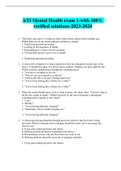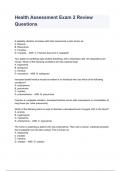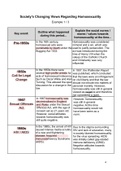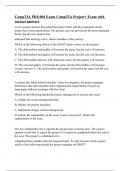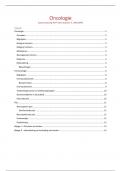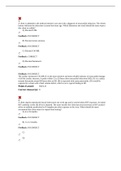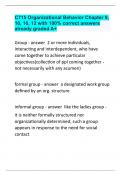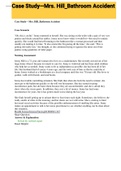College aantekeningen
Computational Thinking II - Lecture Summary and Exam Information
- Vak
- Instelling
- Boek
A comprehensive review of lecture content, exercise classes, and the exam Q&A. I got 1.3 in the FSS 2020 exam with this note and hope that you will find it helpful.
[Meer zien]






